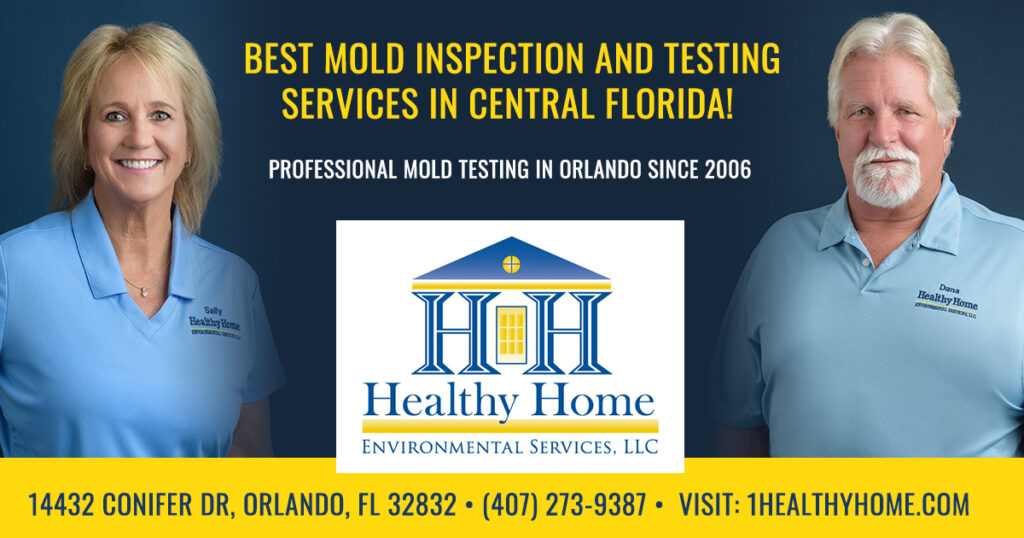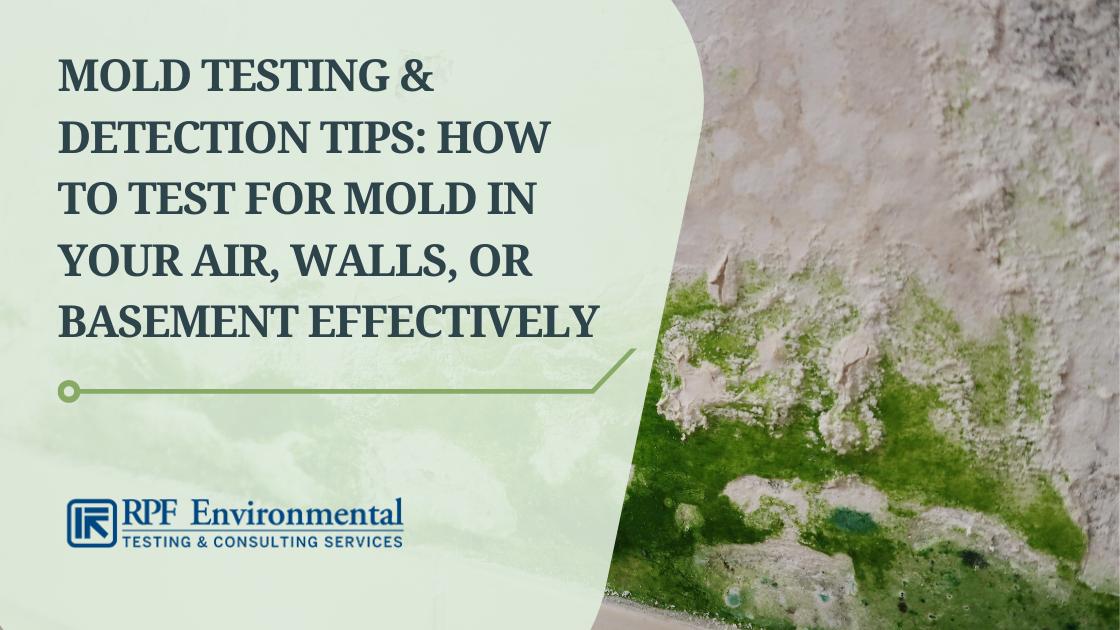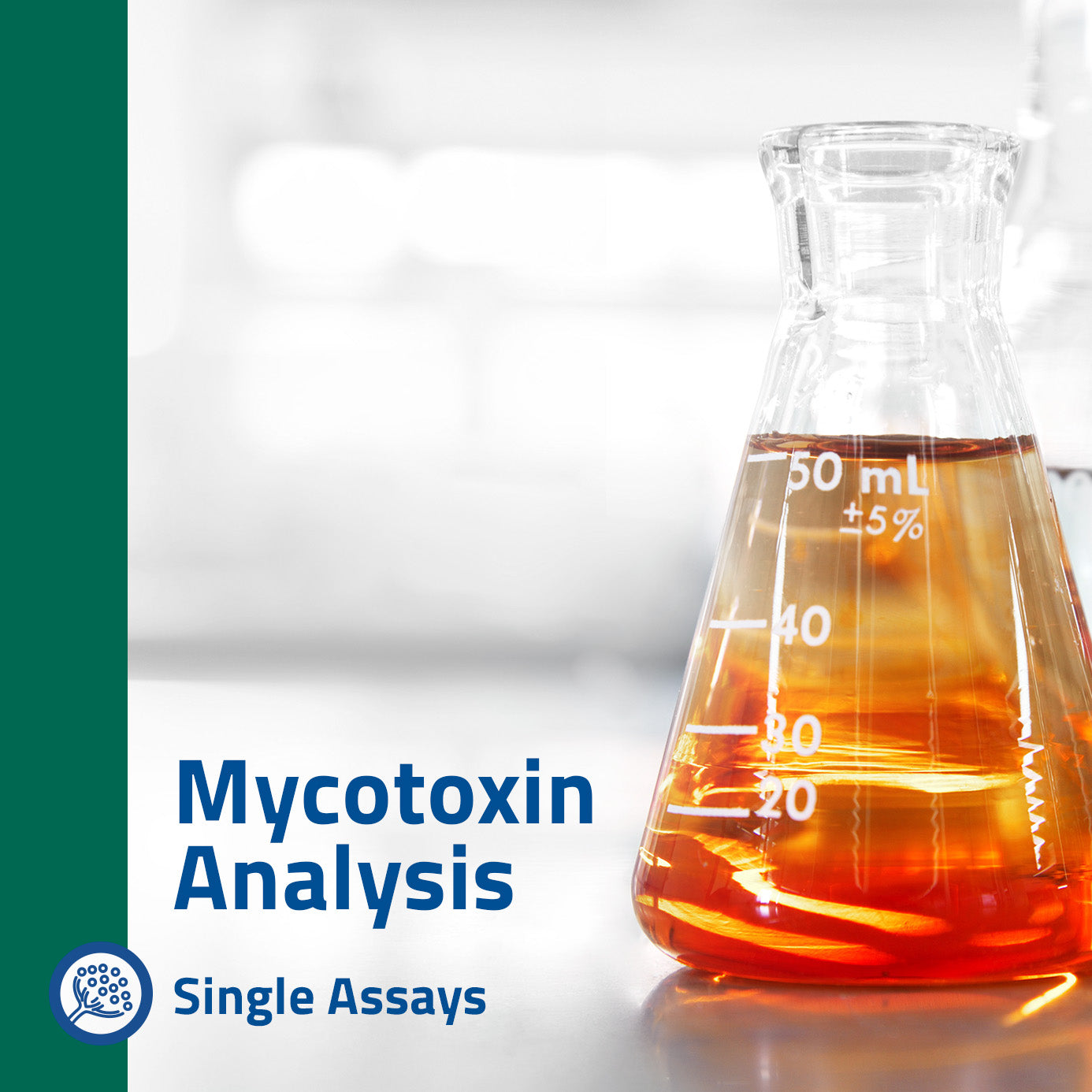How Mycotoxin testing Services Can Secure Your Products
How Mycotoxin testing Services Can Secure Your Products
Blog Article
Exactly How Mycotoxin Screening Helps Protect Against Contamination and Secure Food Supplies

Mycotoxin screening is an important practice in the food sector, functioning as a frontline protection versus contamination by damaging contaminants generated by molds. Via the application of advanced methods like High-Performance Fluid Chromatography (HPLC) and Fluid Chromatography-Mass Spectrometry (LC-MS), food manufacturers can properly measure and find mycotoxin levels in farming products. This positive technique not only guarantees conformity with strict security policies yet also reduces health dangers to consumers. Regular testing fortifies brand credibility and monetary health by decreasing contamination-related incidents. So, how precisely do these testing methods integrate into the more comprehensive food security method?
Recognizing Mycotoxins
Recognizing mycotoxins begins with identifying that they are poisonous second metabolites produced by specific mold and mildews, which can infect farming items. These metabolites are not vital for the growth or reproduction of the fungis however can have severe implications for animal and human wellness. Mycotoxins are commonly discovered in staple crops such as corn, wheat, barley, and nuts, where they can proliferate under specific conditions of dampness and temperature level.
There are several kinds of mycotoxins, each produced by different fungal types. Aflatoxins, generated by Aspergillus species, are amongst the most infamous, known for their carcinogenic buildings. One more substantial group includes ochratoxins, produced by Aspergillus and Penicillium varieties, which have nephrotoxic results. Fusarium varieties produce fumonisins and trichothecenes, both of which are linked with different acute and persistent wellness issues.

Risks of Mycotoxin Contamination
The risks of mycotoxin contamination are diverse, posing significant dangers to both food safety and security and public health. Mycotoxins, toxic compounds produced by certain types of fungis, can contaminate a broad range of farming items including cereals, nuts, spices, dried fruits, and coffee.
Economic impacts are an additional major worry. Contaminated crops can cause considerable monetary losses for farmers and food manufacturers as a result of minimized returns and the requirement for pricey decontamination actions. Furthermore, worldwide profession can be substantially impeded as nations impose stringent mycotoxin regulations to safeguard their populations, resulting in denied shipments and strained trade connections.
Ecological factors such as climate modification worsen the threat of mycotoxin contamination. Variations in temperature and humidity can create positive conditions for fungal development, enhancing the likelihood of contamination events. Hence, understanding and mitigating these dangers are important for guaranteeing the security and stability of international food materials.
Methods of Mycotoxin Testing
Accurately recognizing mycotoxin contamination in agricultural products is necessary for protecting public health and wellness and keeping food security requirements. Various methods are used to spot and quantify mycotoxins, each offering certain advantages and limitations.
High-Performance Liquid Chromatography (HPLC) is a widely utilized method due to its high sensitivity and precision. It includes separating mycotoxins from other materials in an example, allowing exact metrology. Similarly, Liquid Chromatography-Mass Spectrometry (LC-MS) incorporates fluid chromatography with mass spectrometry to give thorough molecular details, making it especially beneficial for identifying numerous mycotoxins concurrently - Mycotoxin testing Services.

Gas Chromatography-Mass Spectrometry (GC-MS) and Thin-Layer Chromatography (TENDER LOVING CARE) are likewise used, each with one-of-a-kind applications. GC-MS is effective for unstable mycotoxins, while tender loving care offers an easier, cost-efficient option for initial testing.
Advantages of Regular Testing
Normal testing for mycotoxins in farming items offers countless advantages, significantly adding to public health and wellness and food safety. By determining contamination early, regular testing assists avoid the circulation of toxic foods, thus lowering the threat of mycotoxin-related illnesses among consumers. This proactive approach not only safeguards human health however likewise improves the overall quality of food products.
Regular testing also supports regulative conformity. Different countries and regions have developed strict restrictions for mycotoxin levels in food and feed. Sticking to these limits via normal testing makes sure that producers and vendors satisfy lawful requirements, consequently preventing fines and trade obstacles. Maintaining compliance fosters consumer trust fund and brand name track record, which are crucial for market success.
In addition, routine mycotoxin screening can lead to substantial financial advantages. Early detection of contamination permits timely intervention, minimizing prospective losses from extensive contamination. Executing normal testing protocols can also lessen recall costs and relevant responsibilities, which can be economically ruining.
In addition, routine testing offers important data that can educate better agricultural methods and storage space problems. By recognizing patterns of contamination, producers can take on preventive steps, consequently contributing and reducing future threats to the sustainability of the Discover More Here food supply chain.
Applying Testing Protocols
Carrying out efficient mycotoxin screening protocols is vital for ensuring the safety and security and top quality of farming items. Each phase should be scrutinized to pinpoint where mycotoxin contamination is most likely to occur.
As soon as vital control factors are determined, selecting proper screening techniques is important. Usual methods include enzyme-linked immunosorbent assay (ELISA), high-performance fluid chromatography (HPLC), and mass spectrometry (MS) Each technique has its weak points and toughness; thus, choosing the proper one relies on the certain mycotoxin being evaluated, the required level of sensitivity, and available sources.

Lastly, integrating the screening methods into a thorough food safety and security management system is recommended. This enhances traceability and makes it possible for speedy rehabilitative activities when contamination is detected, thus securing the stability of the food supply chain.
Final Thought
Mycotoxin testing is crucial in stopping contamination and guarding food supplies by making it possible for very early discovery of dangerous contaminants created by molds in farming products. Advanced approaches such as HPLC and LC-MS ensure compliance with security policies and shield consumers from wellness risks. Routine testing improves brand track record, economic security, and count on food safety by decreasing contamination-related losses and keeping high standards in food production. Applying strenuous screening procedures is hence essential for the sector's total health.
Mycotoxin screening is a crucial method in the food sector, serving as a frontline defense against contamination by hazardous toxic substances created by molds. An integrated approach including agricultural techniques, storage management, and routine testing can reduce the risks linked with mycotoxin contamination, guaranteeing food safety and security and public health and wellness.
The risks go to this web-site of mycotoxin contamination are multifaceted, posturing significant dangers to both food safety and security and public Check This Out health and wellness.Normal screening for mycotoxins in farming items offers many benefits, dramatically contributing to public health and wellness and food security.Mycotoxin testing is crucial in stopping contamination and securing food supplies by allowing very early detection of hazardous toxins generated by mold and mildews in agricultural products.
Report this page